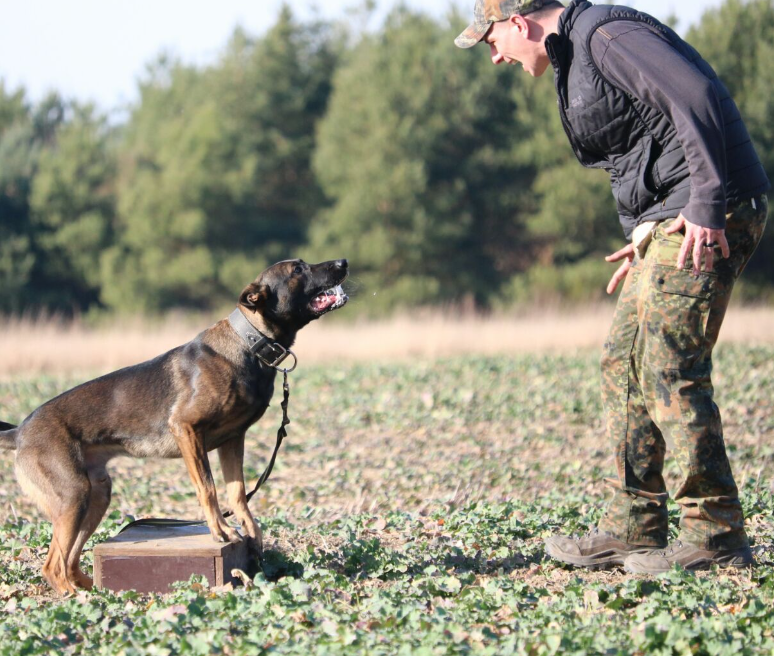
Introduction:
Obedience training plays a vital role in shaping well-behaved and happy dogs. It goes beyond basic commands and instills discipline, communication, and mutual understanding between dogs and their owners. By delving into the world of obedience training, we can unravel the secrets to fostering a strong bond and creating a harmonious relationship with our furry companions. In this blog, we will explore the importance of obedience training, techniques for effective training, and the numerous benefits it brings to both dogs and their owners.
Why Obedience Training Matters:
Understanding the significance of obedience training is the first step toward a successful training journey. We’ll discuss how obedience training improves communication, establishes boundaries, and promotes safety for dogs in various environments. We’ll also explore the positive impact it has on their overall behavior and well-being.
Basic Obedience Commands:
Mastering basic obedience commands is essential for a well-trained dog. We’ll explore fundamental commands such as sit, stay, come, down, and leave it, providing step-by-step instructions and practical tips for teaching them effectively. Clear communication and consistent training techniques will pave the way for success.
Positive Reinforcement: A Key to Success:
Positive reinforcement is a proven and humane training method that focuses on rewarding desired behaviors. We’ll delve into the principles of positive reinforcement, emphasizing the importance of treats, praise, and rewards in motivating and reinforcing good behavior. By using positive reinforcement techniques, we can create a positive learning environment for our dogs.
Training Tools and Techniques:
Various tools and techniques can aid in obedience training. We’ll explore the proper use of tools like collars, leashes, harnesses, and clickers, ensuring their safe and effective application. Additionally, we’ll discuss leash training, crate training, and other valuable techniques that can enhance obedience and control.
Addressing Common Challenges:
Obedience training can come with its fair share of challenges. We’ll address common obstacles faced during training, such as distractions, stubbornness, and fear, providing strategies to overcome them. Understanding these challenges and implementing appropriate solutions will help ensure a smoother training experience.
Beyond Basic Training: Advanced Skills and Activities:
Once the foundation of basic obedience commands is established, dog owners can explore advanced training skills and engaging activities. We’ll touch upon activities such as agility training, scent work, and interactive games, which provide mental stimulation, physical exercise, and strengthen the bond between dogs and their owners.
Conclusion:
Exploring the world of obedience training opens doors to effective communication, well-behaved dogs, and a stronger human-canine bond. By understanding the importance of obedience training, utilizing positive reinforcement techniques, and addressing common challenges, we can embark on a rewarding journey of training our furry friends. Obedience training not only shapes their behavior but also enhances their overall quality of life. So, let’s dive into this fascinating world together, unlocking the potential of our dogs and nurturing a lifelong partnership built on trust and understanding.


